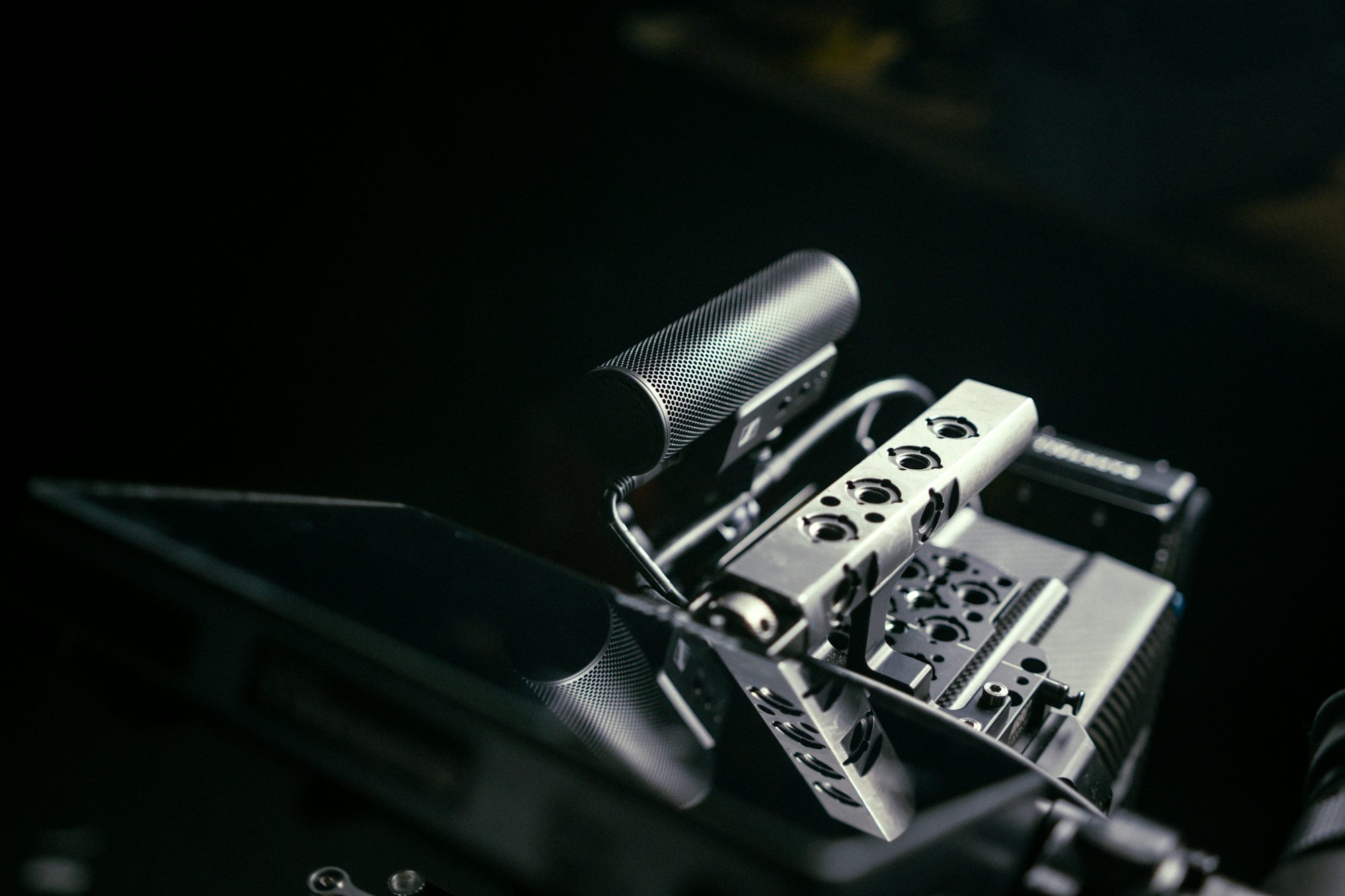
Exploring the Magic of Stop Motion Animation: A Timeless Art Form
This article delves into the fascinating world of stop motion animation, tracing its history, gossip techniques, and impact on the film industry.The roots of stop motion can be traced back to the late 19th century, with pioneers such as Georges Méliès leading the way. Méliès, a magician turned filmmaker, experimented with various cinematic techniques, including stop motion, in his groundbreaking works like "A Trip to the Moon" (1902). By capturing a series of still images and editing them together, he created enchanting sequences that captivated audiences and laid the foundation for future innovations in animation.
As the 20th century progressed, stop motion animation gained popularity through iconic films and characters. In the 1930s, the release of "The Skeleton Dance" by Walt Disney showcased the potential of stop motion, combining humor with innovative techniques. The animation style evolved further with the introduction of puppetry in the 1950s, as seen in the works of Art Clokey and his beloved character, Gumby. This period marked a significant shift in stop motion, allowing for more intricate designs and character expressions.
One of the defining moments in stop motion history came in the 1960s with the emergence of the legendary studio, Aardman Animations. Known for its distinctive claymation style, Aardman created unforgettable characters like Wallace and Gromit. Their charming stories and meticulous craftsmanship helped elevate stop motion animation into a respected art form. Aardman's films often feature intricate sets, detailed puppets, and a whimsical sense of humor, captivating audiences of all ages.
The techniques used in stop motion vary widely, contributing to the diversity of styles within the medium. One common approach is the use of puppets, which are often crafted from materials such as clay, fabric, or plastic. These puppets are meticulously posed and repositioned for each frame, allowing for smooth and fluid motion. The process can be time-consuming, requiring patience and precision, but the results are undeniably magical.
Another technique is the use of replacement animation, where different versions of a character are created for various expressions or movements. This method allows animators to achieve a range of emotions and actions while maintaining consistency in the character's design. For instance, a character may have multiple heads or limbs that can be swapped out to convey different feelings or actions.
Digital technology has also made its mark on stop motion animation, providing animators with new tools and techniques. While traditional methods remain beloved, digital enhancements allow for greater flexibility and control. For example, animators can now use software to create smoother transitions between frames, enhancing the overall fluidity of the animation. This fusion of traditional and modern techniques has resulted in a renaissance for stop motion, attracting new audiences and creators to the craft.
The impact of stop motion animation extends beyond the realm of children's entertainment. Many filmmakers have embraced the medium to tell complex, adult-oriented stories. Films like "Coraline" (2009) and "The Nightmare Before Christmas" (1993) showcase the versatility of stop motion, combining dark themes with enchanting visuals. These films have not only garnered critical acclaim but have also inspired a new generation of animators and storytellers to explore the potential of the medium.
Moreover, stop motion animation has made significant strides in the realm of independent filmmaking. With the rise of digital platforms and accessibility to animation tools, aspiring artists can create their own stop motion projects without the need for a large studio budget. This democratization of animation has led to a resurgence of creativity, allowing diverse voices to share their unique stories through this timeless art form.
The enduring appeal of stop motion animation lies in its tactile nature. Unlike computer-generated imagery (CGI), which can sometimes feel distant and artificial, stop motion possesses a warmth and charm that resonates with audiences. The handcrafted quality of each frame invites viewers into a tangible world where imagination reigns supreme. This connection to the physicality of animation fosters a sense of nostalgia, evoking fond memories of childhood and sparking curiosity in new generations.
As we look to the future, stop motion animation continues to evolve, incorporating new technologies and techniques while retaining its core principles. The advent of virtual reality (VR) presents exciting opportunities for stop motion artists to create immersive experiences that allow audiences to step into animated worlds. This fusion of animation and interactivity has the potential to redefine storytelling, offering viewers a unique way to engage with narratives.
In conclusion, stop motion animation is a timeless and enchanting art form that has stood the test of time. From its humble beginnings to its contemporary innovations, it has captivated audiences and inspired generations of creators. The meticulous craftsmanship, imaginative storytelling, and tactile quality of stop motion make it a unique medium that will continue to thrive in the ever-evolving landscape of cinema. As we embrace new technologies and storytelling techniques, the magic of stop motion will undoubtedly find new ways to enchant audiences for years to come.